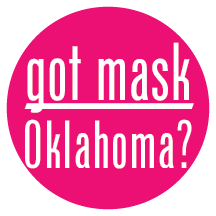
Masks: Myths vs. Facts
Myth No. 1: A face mask can actually make me more likely to catch COVID-19.
FACT: While some people may touch their face more often when wearing a mask, it’s possible to reduce infection risk with good hygiene. Be sure to wash hands frequently, wash your cloth mask after wearing and know how to properly put on and remove your mask. You can learn more by reviewing the CDC’s guidance on how to wear cloth face coverings.
Myth No. 2: CO2 from wearing a face mask can make me sick.
FACT: Some people have heard that breathing in CO2 from wearing a mask can cause symptoms like dizziness, lightheadedness, headache, and shortness of breath. However, the amount of CO2 created by wearing a mask is miniscule and most casual mask wearers will not experience anything more than a mild headache. Also, be aware that once a mask gets wet (perhaps from exhalation), it begins to lose its effectiveness and will need to be washed or replaced.
Myth No. 3: Face masks are a substitute for social distancing.
FACT: The CDC (Centers for Disease Control and Prevention) recommends widespread use of simple cloth face coverings to help prevent transmission of COVID-19 by people who have the virus but don't know it. But it’s not a substitute for physical distancing. Staying at least 6 feet apart from others while in public is still the most important tool to stopping the spread of the virus, according to the CDC.
